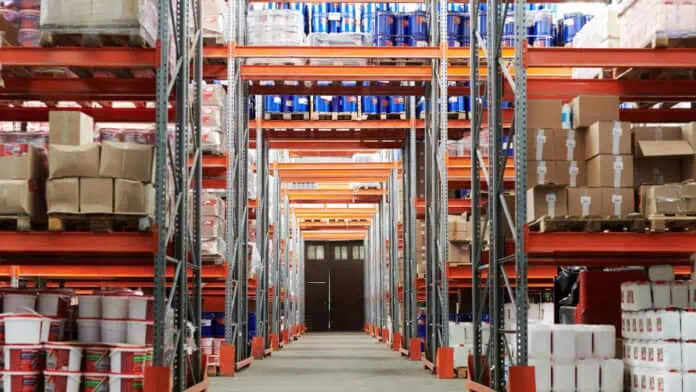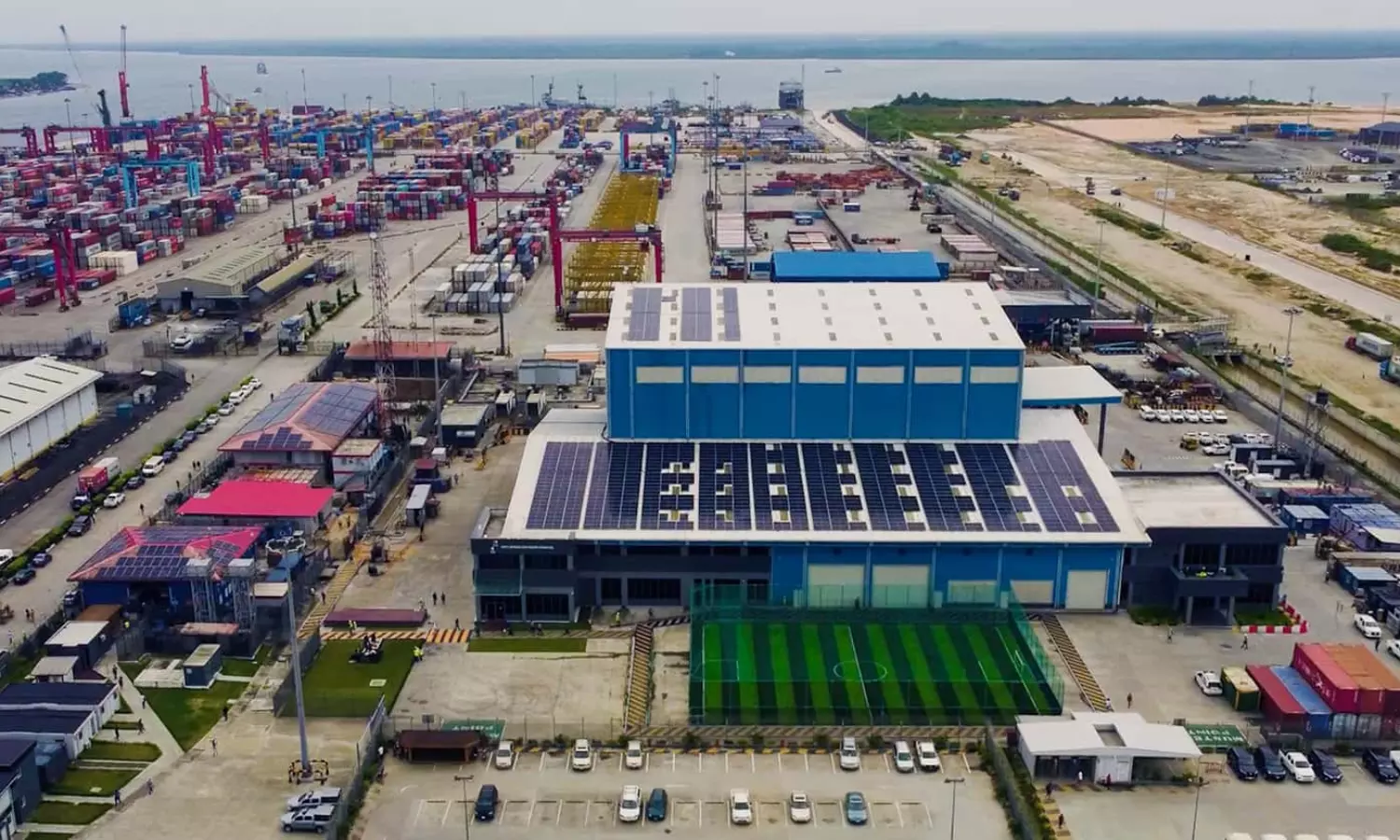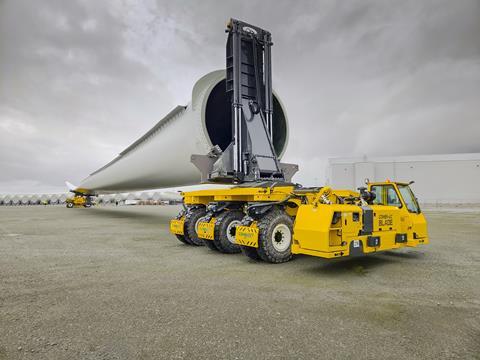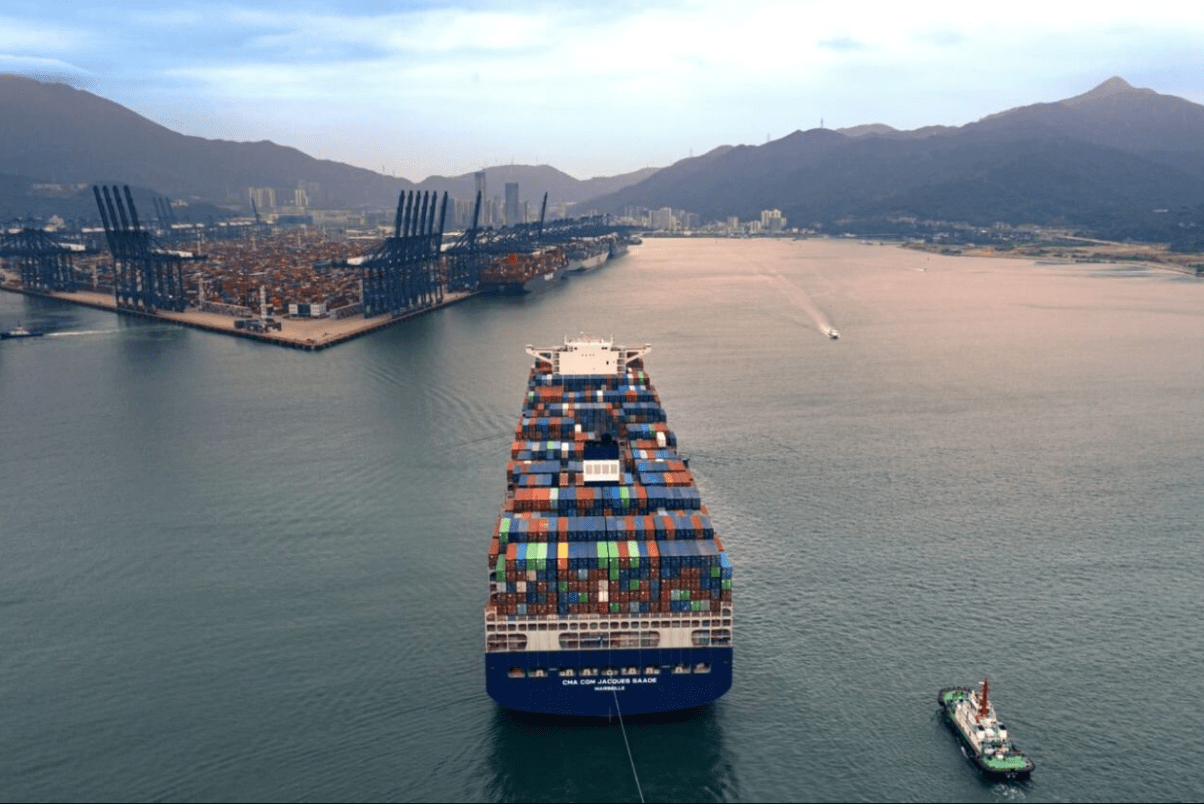Logistic

How e-Commerce is reshaping South Africa’s storage landscape

THE warehousing industry in South Africa is entering a golden era, with the market projected to reach $22.1 billion by 2030 as digital commerce and changing consumer behaviour fundamentally alter the country’s logistics landscape.
According to recent market analysis, the sector is expected to grow at a compound annual growth rate of 7.3% between 2025 and 2030, significantly outpacing traditional economic growth forecasts. This expansion is being driven primarily by the explosive growth of online retail, which reached R71 billion in 2024 – a striking 29% year-on-year increase.
The e-commerce effect
The digital shopping boom has created new pressures on South Africa’s warehouse infrastructure. Online grocery shoppers now represent 53% of the customer base, accelerating demand for urban micro-fulfilment centres that can deliver fresh products quickly to metropolitan consumers.
“The traditional warehouse model of large, remote facilities is being disrupted,” say industry observers tracking the sector. “We’re seeing a shift towards smaller, strategically located urban nodes that can serve the last-mile delivery requirement.”
Recent data shows that warehouse occupancy across Africa hit 83% in the first half of 2025, with e-commerce serving as the primary demand driver. This high occupancy rate signals tight supply and suggests significant opportunities for new warehouse development.
Infrastructure investment accelerates
Logistics providers are responding with significant capital deployment. Recent facility openings include a 3,000 square metre warehouse in Samrand near Pretoria and a 2,000 square metre facility in East London, both targeting high-growth sectors including healthcare, life sciences, retail, and renewable energy.
The broader freight and logistics market, currently valued at approximately $14.7 billion, is expected to reach $19.9 billion by 2030, growing at 6.24% annually. This growth is being supported by infrastructure modernisation efforts and improved connectivity to ports and airports.
Cold chain opportunities
A particularly promising segment is temperature-controlled storage. The warehousing and cold chain market in South Africa surpassed $1 billion in 2024 and is forecast to grow at 9.36% annually through 2030 – faster than general warehousing.
This growth reflects changing consumer preferences for fresh food delivery and the expanding pharmaceutical sector’s need for temperature-sensitive storage solutions.
Technology as differentiator
Modern warehouse operators are leveraging technology to gain a competitive advantage. Fully integrated, paperless warehouse management systems are becoming standard, allowing real-time inventory tracking and seamless integration with e-commerce platforms.
The adoption of digital tools positions South Africa favourably in the African context, though the country faces growing competition from technology-driven logistics hubs in Kenya and other regional markets.
The convergence of e-commerce growth, infrastructure investment, and technology adoption suggests South Africa’s warehousing sector is at an inflection point. Third-party logistics providers are expanding capacity, while property developers eye industrial real estate opportunities.
The last-mile delivery segment alone is expected to exceed $2.3 billion by 2030, creating ripple effects throughout the supply chain and driving continued demand for strategically located warehouse space.
For logistics executives and property investors, the message is clear: the traditional warehouse is evolving into something more dynamic, urban, and technology-enabled – and the companies that adapt fastest will capture the growth ahead.












